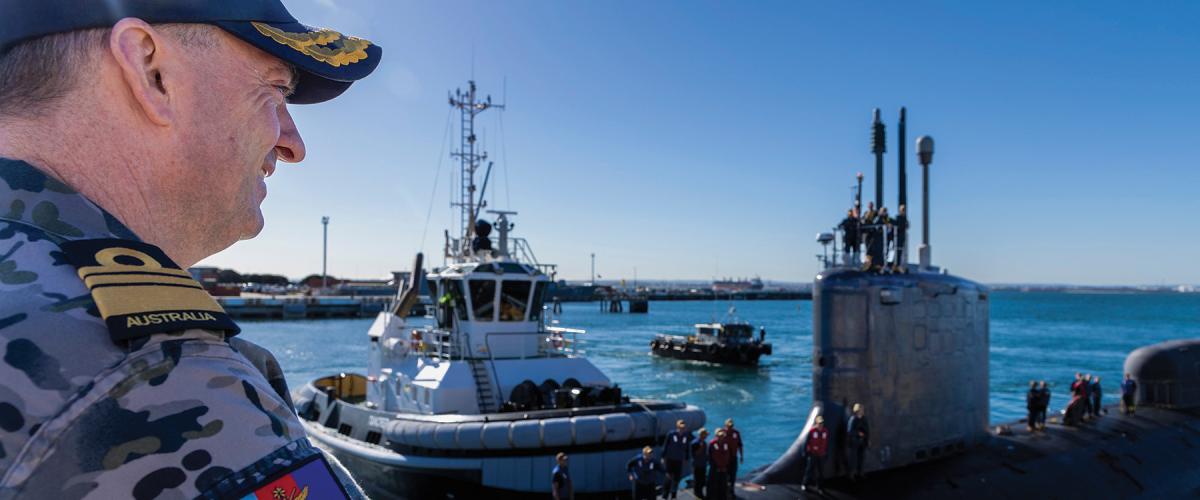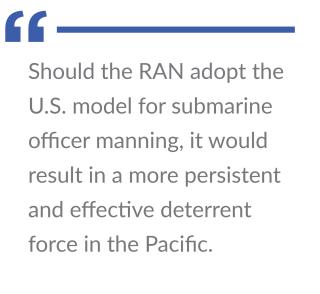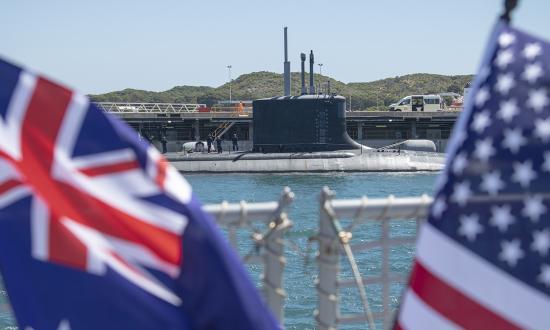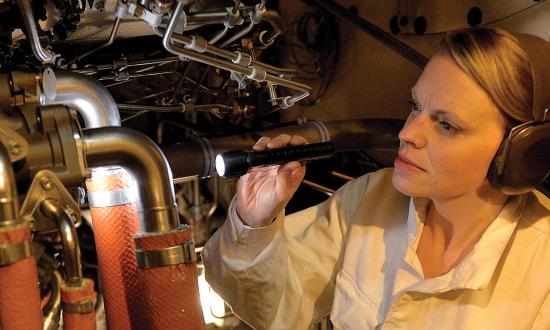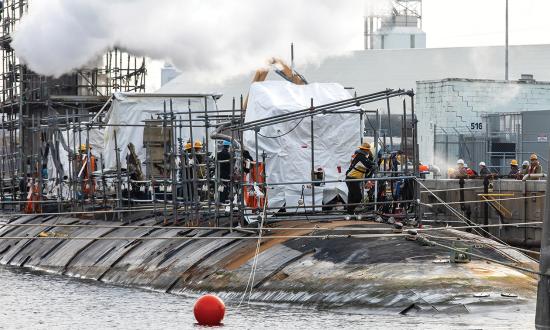As a junior officer on my first port call, I shared a few pints with my Royal Navy counterparts at the submarine base at Faslane, Scotland. We compared experiences, and I was amazed that, in Royal Navy submarines, officers come in a few specific types. Those in the warfare branch are the only ones to serve as watch leaders (essentially the officer of the deck equivalent) and are on the path to future command. The engineering officers have a high degree of technical knowledge but do not stand the same watches and have different career paths compared with their “tactical” shipmates.
Having struggled at nearly every part of the nuclear training pipeline, I thought: “No nuke training? That sounds awesome!” Yet, with a few years of experience serving with both the U.S. and Royal Navies, I now have some different ideas.
The plan for Australia to acquire Virginia-class nuclear-powered submarines through the AUKUS trilateral security partnership calls for rethinking the structure of the Royal Australian Navy’s (RAN’s) officer corps. At present, the RAN follows the Royal Navy model and divides engineering and warfare officers. Going forward, it should adopt the U.S. model, in which there is no such distinction. A few key factors support this change:
• Royal Navy submarine officer watch rotations can be grueling, particularly for important tactical watch stations during intense operational periods. Having a larger roster for nearly every officer watch would allow for less duty and more sleep, an objective most submariners could get behind.
• Submarine officers can handle both things. Each of the AUKUS partner submarine services has heightened academic requirements for its prospective officers. Requiring that officers concentrate on either engineering or tactics is selling them short. Anecdotally, some of the best ship drivers I have known scored highly during their nuclear training and served in nuclear-centric roles ashore and at sea.
• More nuclear-trained officers on board each submarine would increase the margin of safety with respect to the power plant. Western navies serve as deterrent forces, sailing around the globe to maintain the status quo by their presence. Maintaining the public’s trust that the fleet can safely operate nuclear reactors is vital. Admiral Hyman G. Rickover understood that this trust was central to the continued operation of the nascent nuclear-powered fleet, and he structured wardroom manning with this in mind.
Should the RAN adopt the U.S. model for submarine officer manning, it would result in a more persistent and effective deterrent force in the Pacific. As the United States, United Kingdom, and Australia work at the fleet level to remove barriers and increase interoperability, so too should the RAN remove the age-old distinctions between the “greenies,” “dabbers,” and “binbags.” One team, one fight.



